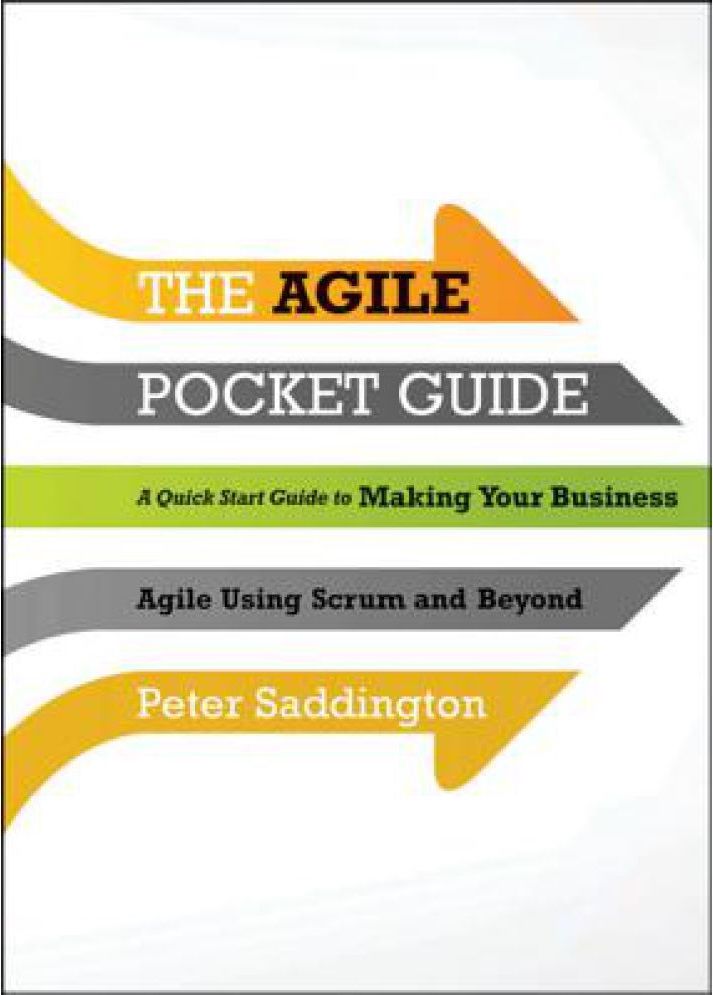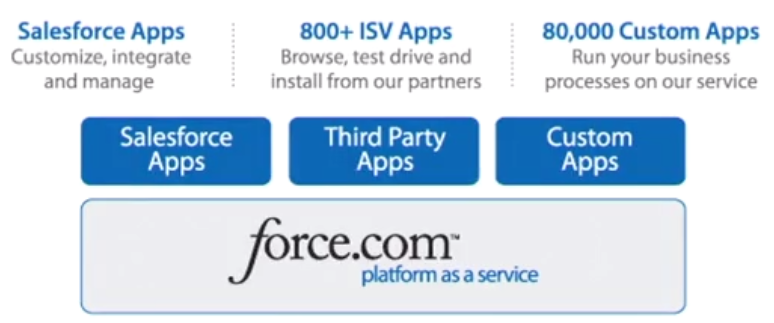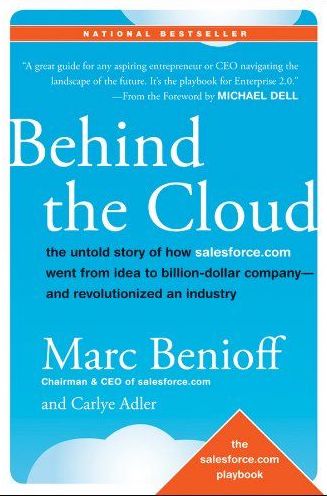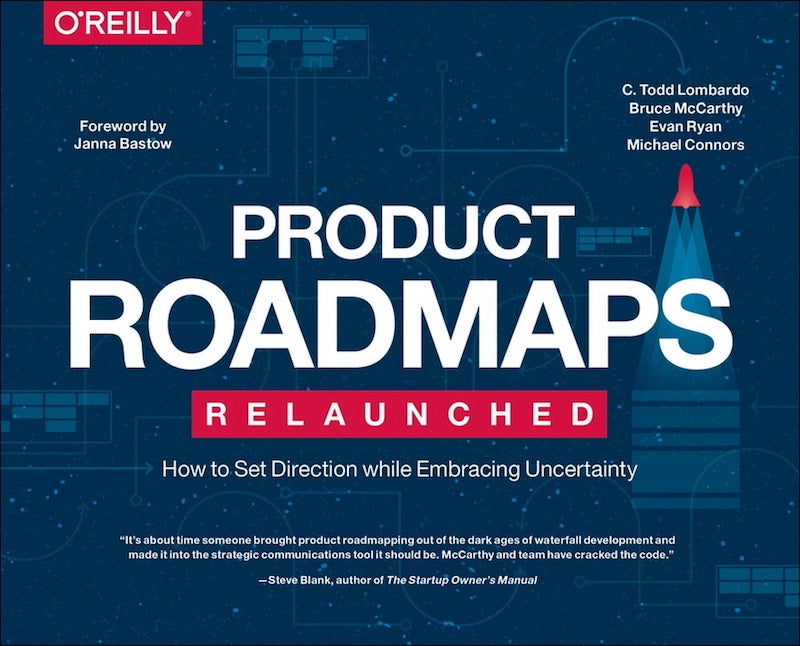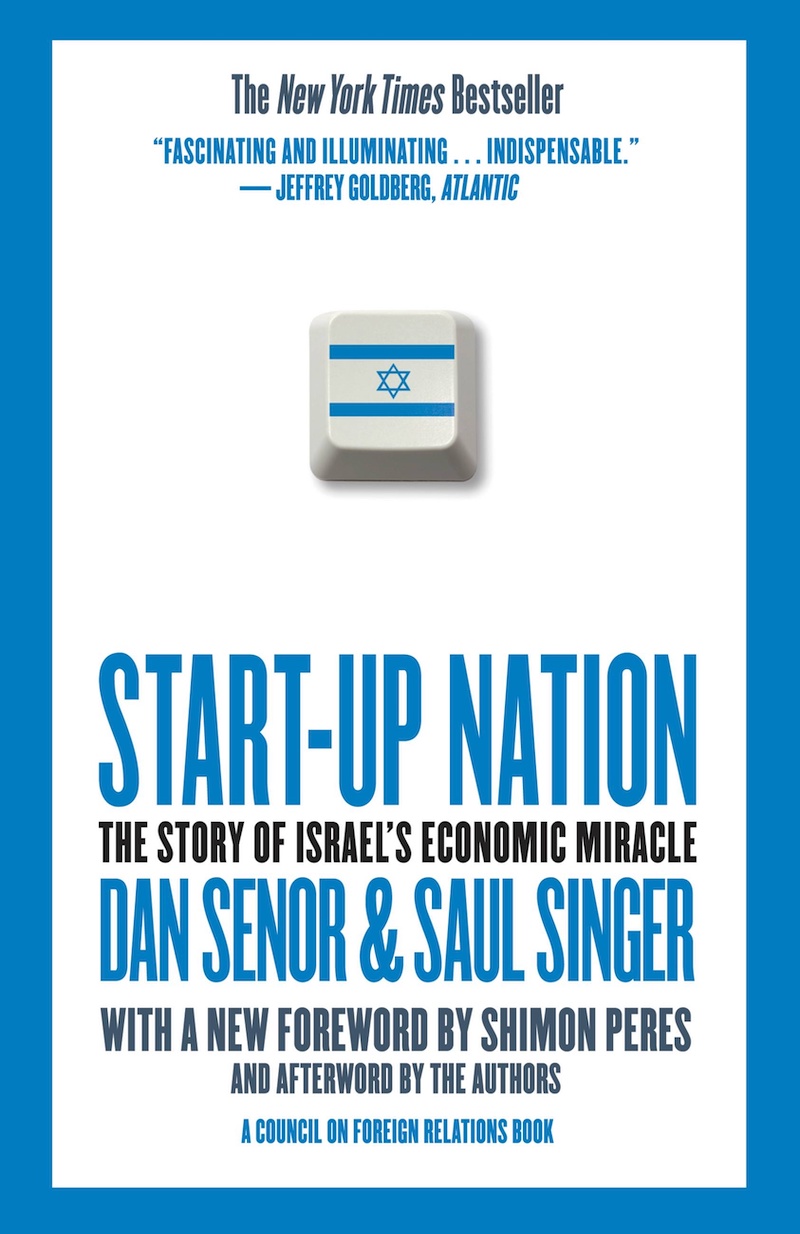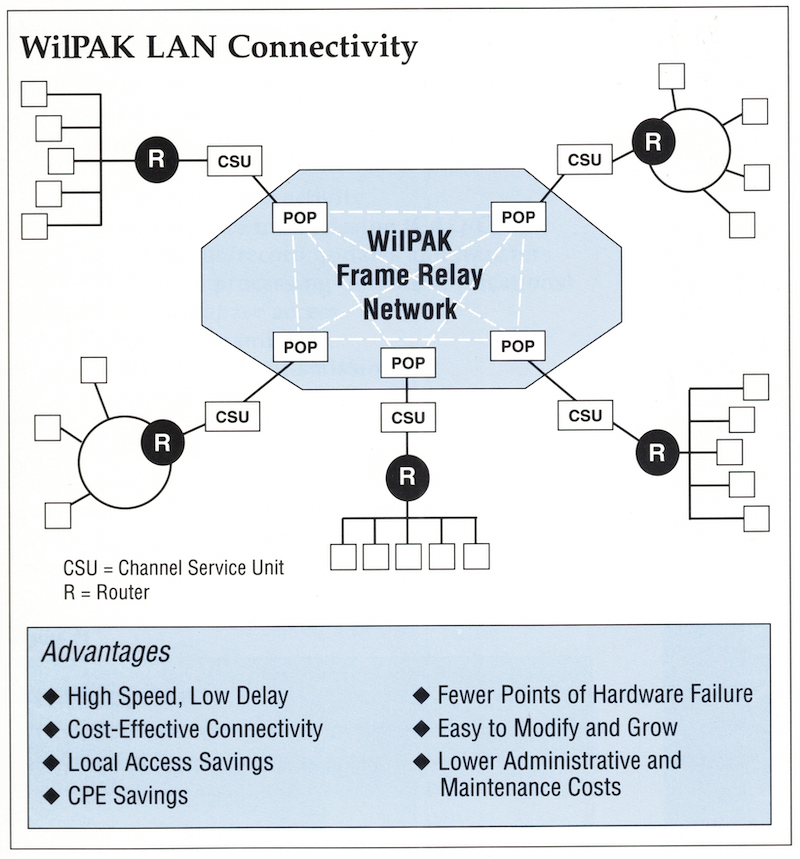OpenAI has been in the news lately for how its unique corporate governance model and conflicting agendas caused a bitter split. In contrast, the company’s foundation in 2015 was the result of a unique collaboration between some of the most powerful people in the tech industry working together with a clear shared purpose. In 8 short years OpenAI has dramatically demonstrated to the world the capabilities of Artificial Intelligence (AI), created the Generative AI category, and captured $tens of billions in value.
The article linked below tells this story. Here’s a little teaser…
In the years leading up to the formation of OpenAI, the stage was being set for the emergence of Artificial General Intelligence (AGI). Leading technology thinkers began to both get excited about the potential benefits of these advances and become worried about their potential negative implications. In December 2015 Elon Musk, Sam Altman, Reid Hoffman, Peter Thiel, Greg Brockman, Jessica Livingston, AWS, and Infosys committed $1B to form OpenAI, a non-profit artificial intelligence research company whose goal was to “advance digital intelligence in the way that is most likely to benefit humanity as a whole, unconstrained by a need to generate financial return.” The company promised to share their work with the world. Thanks to the unique combination of individuals involved, the organization’s mission, and the funds available to pay competitive salaries, OpenAI was able to recruit top AI researchers.
During 2016 and 2017, the OpenAI team made significant progress in their research. As promised, the products of these efforts were released as Open Source software. They also shared their research extensively through published papers. In 2017, the Google Brain team published a paper titled “Attention is All You Need” which introduced the concept of Generative Pre-Trained Transformers (GPTs). The OpenAI team also began working on GPTs.
While OpenAI had done a great job of building one of the most impressive research teams in the world, they were competing to retain those employees with companies like Google who could offer stock-based compensation. In March 2019, OpenAI announced that they were shifting from a non-profit to a “capped profit” model in order to be able to take direct investments to fund their computing needs. In July of that year Microsoft announced a $1B investment in the company as part of a broader partnership.
Most new categories involve a new approach to solving an old problem. The world embraces the new category because the new approach dramatically improves on old approaches, is radically different — not just better (and therefore is defensible), can easily be adopted by the target users, and finds some way to get users’ attention.
The Generative AI (Gen-AI) category solves the very old and very broad problem of creating something new. Humans by their very nature are creative. God made us that way. Over the years, men have invented tools to help those being creative. But the greatest tool we’ve had in the creative process is that of collaboration — working with other humans to make our creative works better.
As standalone creators, Gen-AI bots are mediocre at best, but they truly shine when collaborating with a flesh-and-blood human creator. The problem that this new category solves is that it provides an always-available, untiring, patient, affordable, infinitely knowledgeable, reasonably skilled (and yet still imperfect) collaborator for our creative endeavors.
So, what did OpenAI do to create the category? Category creation typically follows three major steps: 1) Define the problem, the solution, and the category. 2) Launch the category, often with a “lightning strike”. 3) Own the category by continuing to lead in capability, mind-share, and market-share.
Read the full story here.

